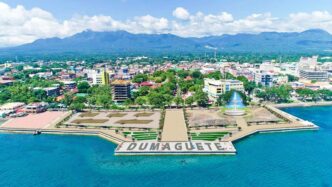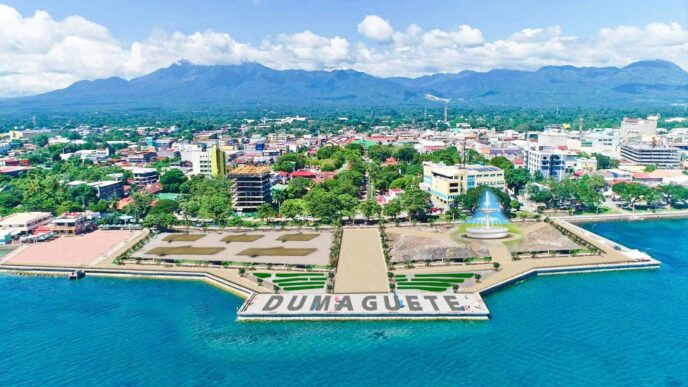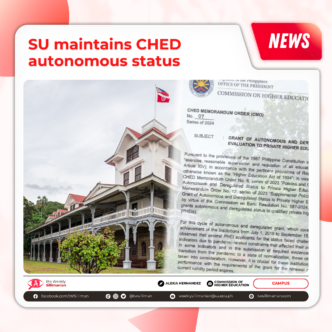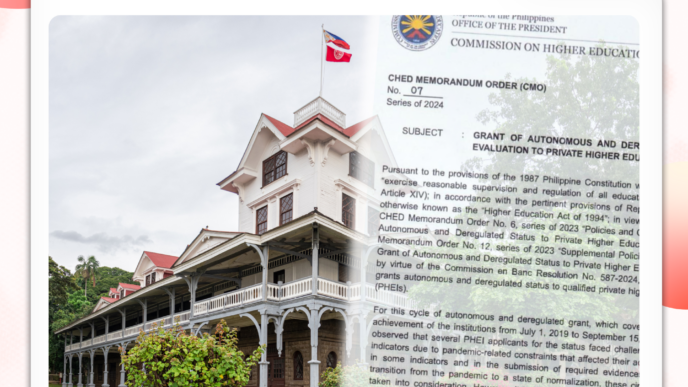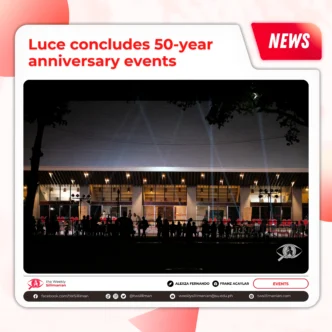By Alexia Hernandez
Silliman University (SU), in partnership with other key agencies, unveiled an ongoing breeding and conservation project of the Visayan spotted deer, a now critically endangered endemic species in the Philippines.
The initiative was presented with the University of the Philippines (UP) Visayas through the Philippine Genome Center (PGC) during the 2025 Conservation Genomics Colloquium last April 15.
Titled “Enhancing the Conservation and Breeding Program of the Philippine Spotted Deer, (Rusa alfredi) using Molecular-based Approaches for Natural Resiliency,” it aims to improve the captive breeding and genetic monitoring of such species.
During the colloquium, SU Interim Executive Director for Research, Publication, and Innovation Dr. Robert S. Guino-o II presented the “Highlights of Year 1 Project.”
He shared that SU initially started its breeding program with seven working individuals, which has since grown in collaboration with other captive breeding centers.
“We reached 125 individuals, but we maintained around 55,” Guino-o said, emphasizing the resource demands of maintaining such a population.
“The cost of maintaining this big population, which is one of the largest in the world—or even the largest—is quite heavy on the University,” Guino-o stressed.
He noted that the project does not receive specific funding from DENR, highlighting the necessity of partnerships in sustaining the program’s goals, particularly with UP Visayas.
The three year program spanning from 2023 to 2026 received a ₱9.2 million grant from the DOST-Philippine Council for Agriculture, Aquatic, and Natural Resources Research and Development.
Moreover, it is led by a multi-institutional team from SU, UP-Visayas PGC, UP Marine Science Institute, and UP Visayas’ National Institute of Molecular Biology and Biotechnology.
Other partner agencies include the DENR Biodiversity Management Bureau, Talarak Foundation in Kabankalan and Bacolod City, and West Visayas State University’s (WVSU) Mariit Nature Conservation Park in Iloilo City.
Conservation genomics
Currently, SU’s Center for Tropical Conservation Studies (CENTROP) holds the world’s largest captive population of the Visayan spotted deer, a species once widespread across the region but now critically endangered due to habitat loss and hunting.
Notably, the draft genome, developed in partnership with UP-Visayas PGC, marks the first time a critically endangered endemic species has been fully sequenced and assembled within the country.
Through conservation genomics, genome-scale data is used to support the recovery of threatened species and seeks to strengthen the species’ genetic resiliency and reduce inbreeding risks in breeding programs.
Breeding efforts are conducted at CENTROP’s facilities in Daro, Dumaguete City, and Palinpinon, Valencia, Negros Oriental..
This captive stock is globally recognized and has prompted wildlife experts to recommend reintroducing the species into select natural habitats.
Conservation research efforts
PGC Biodiversity Program Director Dr. Cynthia P. Saloma discussed “The Power of Genomics in Conservation: How Genomics Informs Conservation Strategies,” exploring how genomic technologies are now shaping more effective and targeted conservation responses.
She highlighted the importance of conservation genomics in the local setting, developing effective “personalized conservation strategies,” monitoring species health and population dynamics, and informing management actions and resource allocation.
A panel discussion on “Saving Species in the Genomics Era: Science, Policy & Action,” was also held where experts discussed integrating genomic research with policymaking and conservation implementation.
According to the speakers, such initiative serves as a key reference for future conservation and research efforts.
The event also underscored the growing role of higher education institutions in developing science-informed approaches to biodiversity management
SU President Betty Cernol-McCann, UP President Atty. Angelo Jimenez, and UP Visayas Chancellor Dr. Clement C. Camposano were present at the event.



